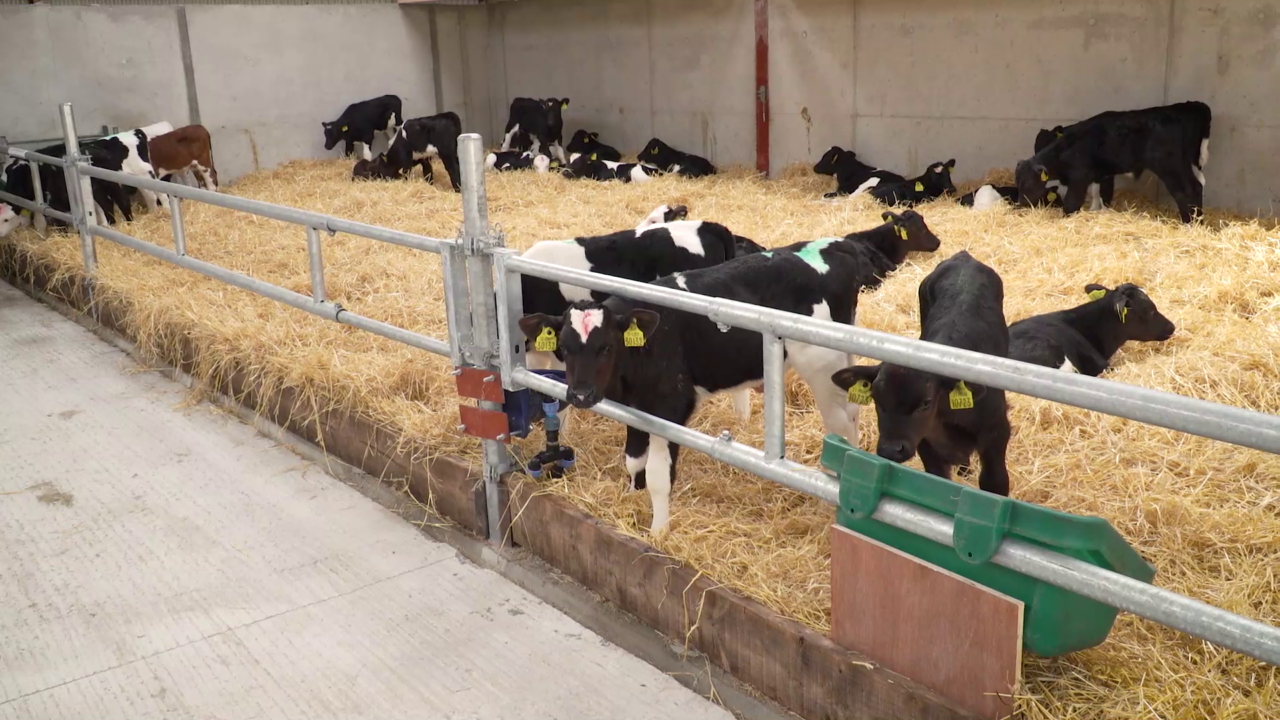As the spring of 2020 draws nearer, dairy farmers are becoming increasingly anxious about what the fate will be of their bull calves next spring.
During AgriLand’s dairy panel discussion – at this year’s National Ploughing Championships – Teagasc’s Joe Patton advised dairy farmers to “audit space on farms” to cope with the influx of calves “at peak” and to allow them to handle calves until they are a few weeks older; which, he believes, they will then be “more saleable”.
He said: “Our own discussion group members will say that while it is difficult to shift calves at a very young age it does get easier as the calves get a little bit older.”
Since the discussion, Teagasc has issued some recommendations to dairy farmers, which outline how dairy farmers can assess their available calf accommodation and compare it with their ‘peak calf’ space requirement.
The table (below), by Teagasc, is a guide for farmers on how they can assess what their peak calf numbers will be for spring 2020.
This example, Teagasc says, assumes an 80% six-week calving rate and 25% of calves being kept as replacements; so, the numbers may vary depending on how high the six-week calving rate is, and on the number of replacements being kept.
Accommodating calves ‘at peak’
In terms of adequate space for calves, Teagasc recommends leaving a minimum of 1.7m² floor space per calf.
So, in essence, a one-bay calf shed measuring 4.8m X 5m (24m² floor space) will accommodate 14 calves. In other words, scenario one will require four bays with scenario two and three requiring six bays.
Although for some, it says, a mix between existing calf sheds, calf hutches and selling calves early will provide an overall solution.
While this is good advice and should be taken on board by farmers, it should also be noted that more calves, in most cases, mean a greater requirement for farm labour.
Therefore, in preparation for the spring period, farmers should be trying to source labour now and/or, if possible, a home for their bull calves.

